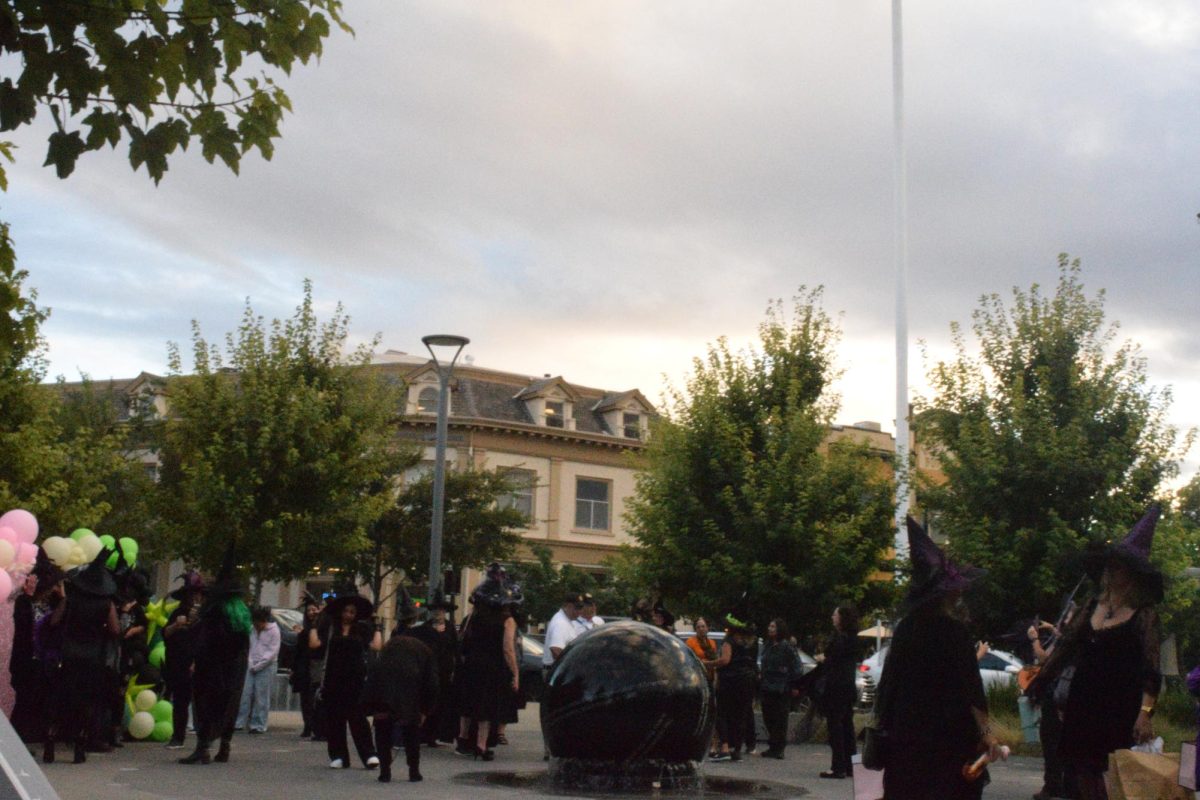Despite only being in office for little less than three months, President Donald Trump has mused about running for an unconstitutional third term multiple times. He first raised the question with Florida House Republicans a week after his re-election, and even asked “Am I allowed to run again?” to members of Congress. Finally, on March 29th, Trump told reporters he was “not joking” about his third term prospects, and stated that “they are ways” in which he could run again.
He’s not the first.
Throughout American history various presidents have toyed with running for a third term. George Washington, deeply bothered by growing political angst over his signing of the Jay Treaty and deterred by his own health struggles, refused to run for re-election for a third term in 1796, declaring that he did not want the presidency to be something that “degenerates into inheritance.” Various two-term presidents afterwards adhered to Washington’s model and pursued no further political prospects, yet this tradition was not without outstanders.
The first to challenge conventional term limiting wisdom was Ulysses S. Grant, who considered a third bid in 1876, yet backed out due to numerous scandals in his administration. Even so, he missed the presidency and vied for the Republican nomination 1880, yet lost out to James A. Garfield, who won the general election. Next was Theodore Roosevelt, who ran a third party bid in 1912 on the Bull Moose ticket to challenge William Howard Taft, yet he placed second to Democrat Woodrow Wilson due to Republicans waffling between Taft and Roosevelt. He planned to run again in 1920 but died a year prior. Wilson on his own part entered his name in the 1920 Democratic Convention yet he was so unpopular that his party didn’t see a path for him winning and they dumped him from the ticket. He attempted to return for office in 1924 but the Democrats rejected him again, seeing his brand as too toxic.
Finally Franklin Delano Roosevelt won a third term in 1940 as his leadership following the Pearl Harbor attacks drew national praise. Though Republicans lambasted this move as tyrannical, the public was generally enthused, and as the country rallied around the war efforts in opposition to fascism and in thirst of revenge against Japan, he decided to run for a fourth term and won in yet another landslide. However, after his death in 1945, his succeeding president Harry S. Truman became increasingly unpopular, and the public began to worry about an underwhelming leader keeping power for a long time, so there was not much furor when the 22nd Amendment was passed in 1951 to set a two-term limit.
The ways in which Trump is stating that he could defy these constitutional limits vary.
First up, he could change the Constitution. Representative Andy Ogles of Tennessee has already proposed creating an amendment that would abolish presidential term limits to the House floor so he could allow the president to run again in 2028. Others have argued that the 22nd Amendment does not apply to non-consecutive terms. Another situation is that the Constitution talks about being “elected” twice, but does not specifically mention serving. This could mean that Trump could find himself in the White House again by succession (i.e. serving as the Vice President and the President steps aside).
Or, if the Democrats’ greatest fears about an authoritarian Donald Trump are true, than he could try something a lot more pragmatic. Either he could run for president again and hope that the conservative factions of the Supreme Court allow him to continue, or he could simply refuse to leave the Oval Office.
It’s all just speculation though. Asked about whether defying term limits would allow Barack Obama to run for a third term and possibly gain the upper hand, President Trump chuckled and responded: “I’d love to see that.”






























